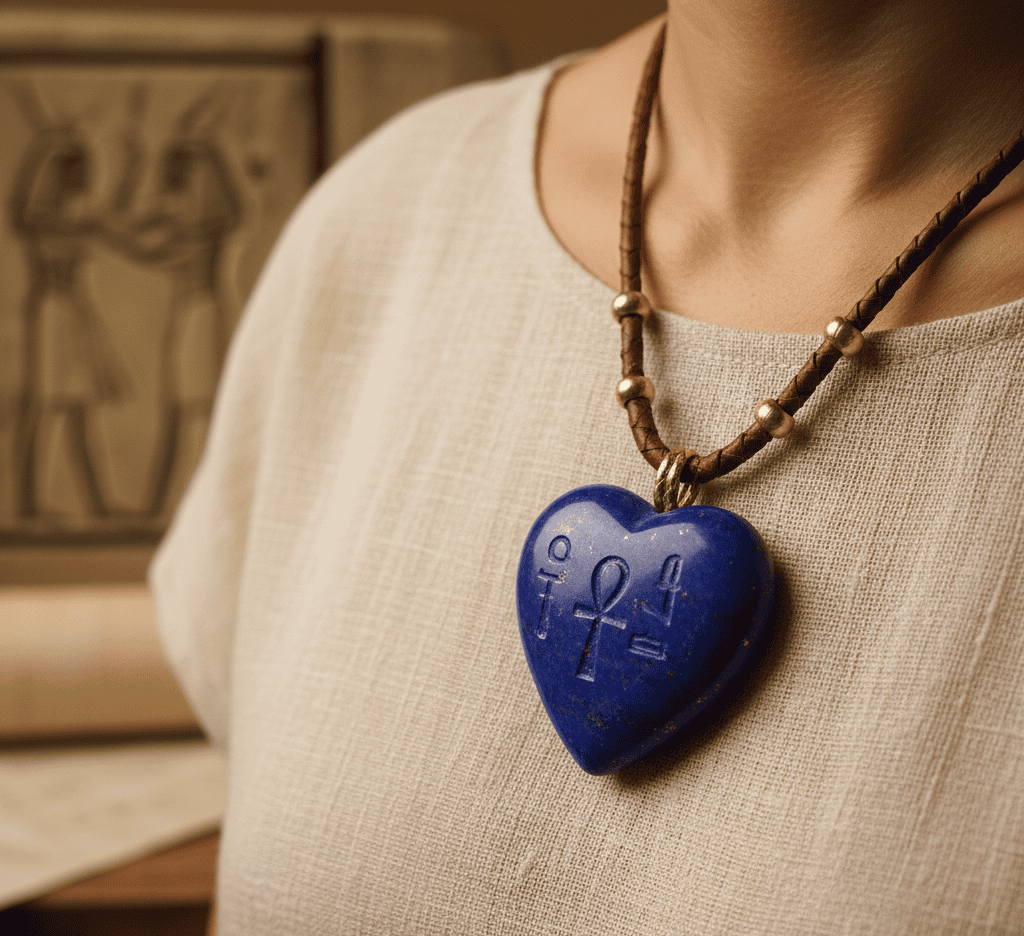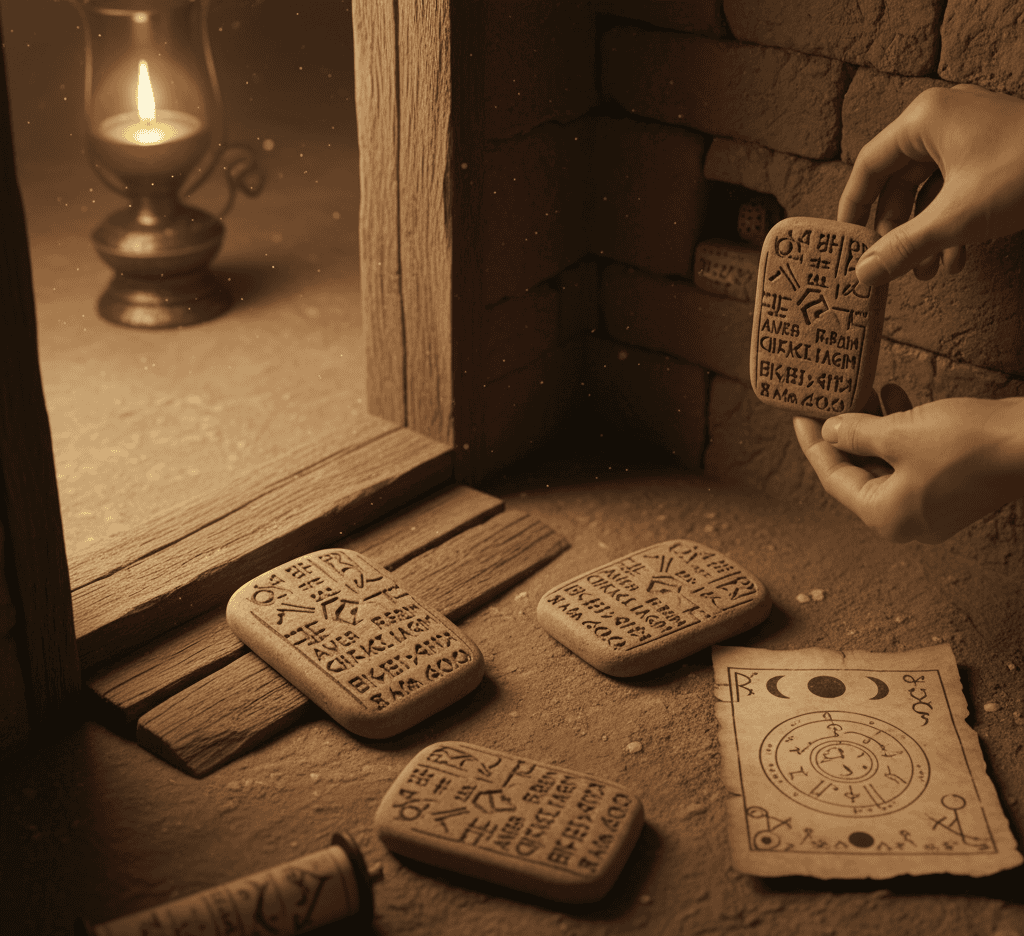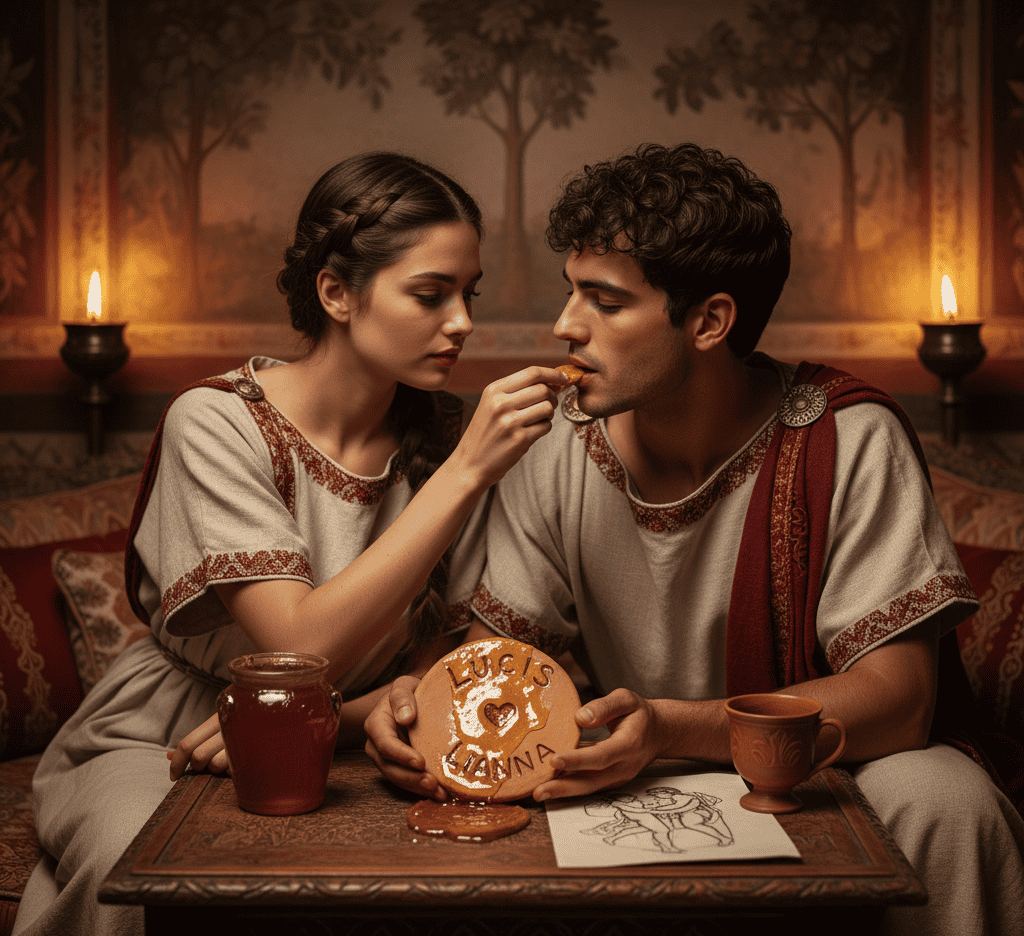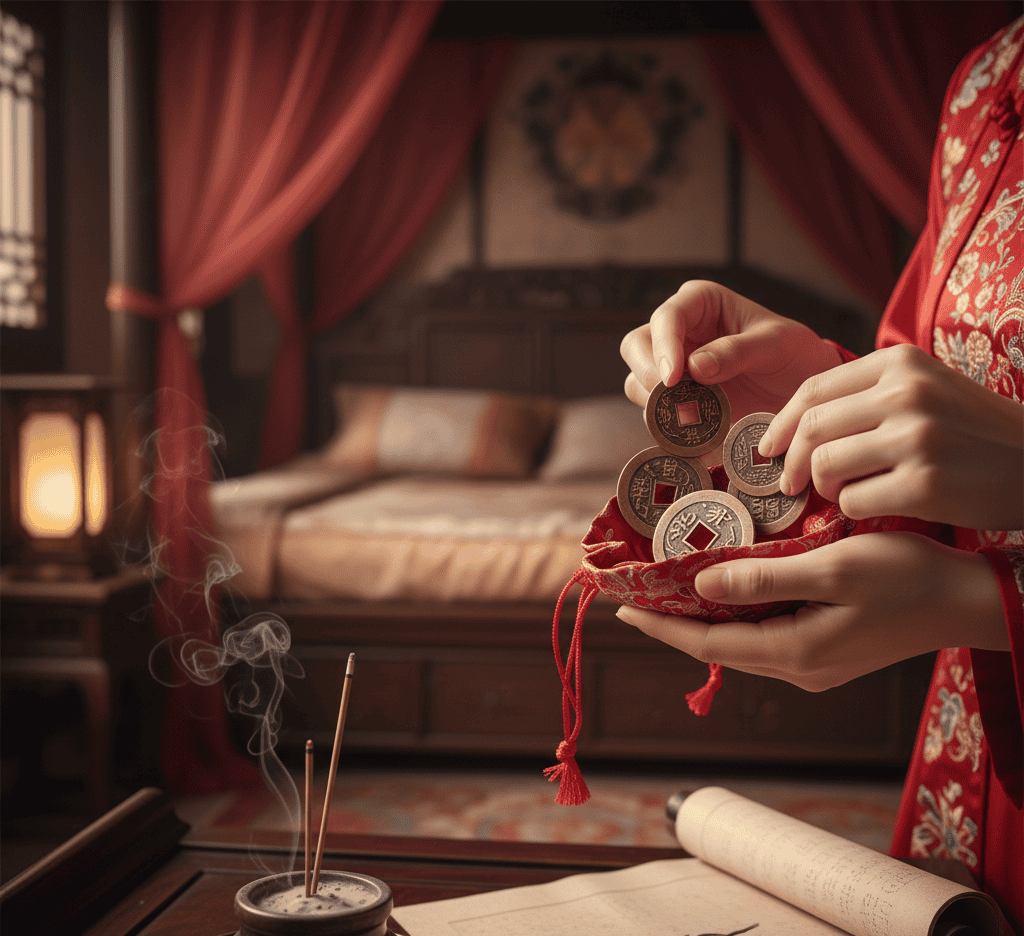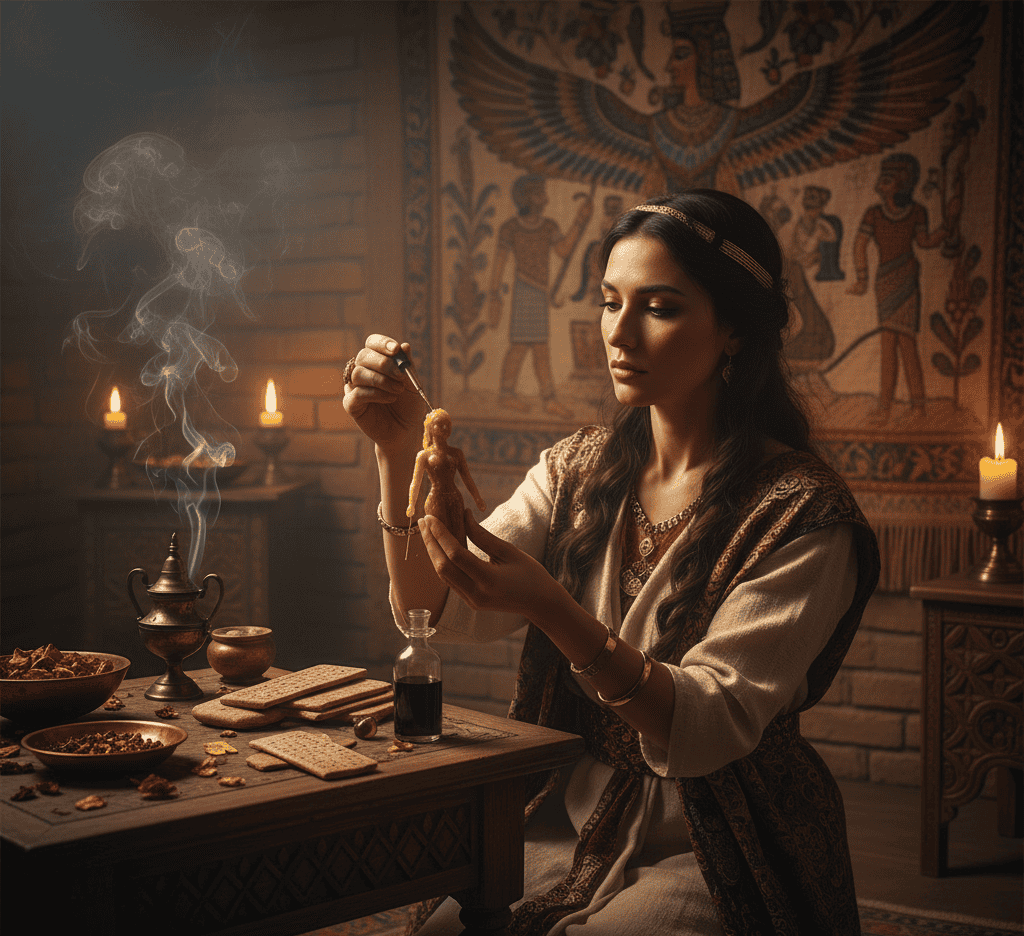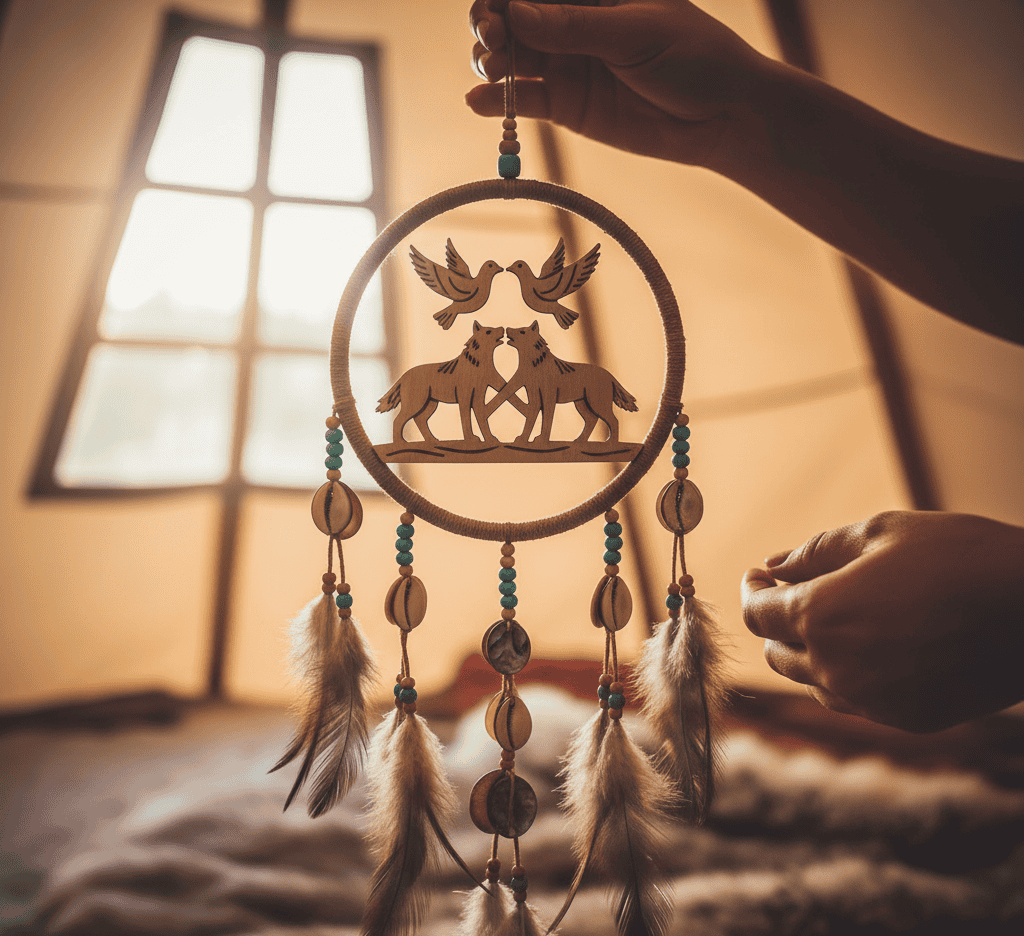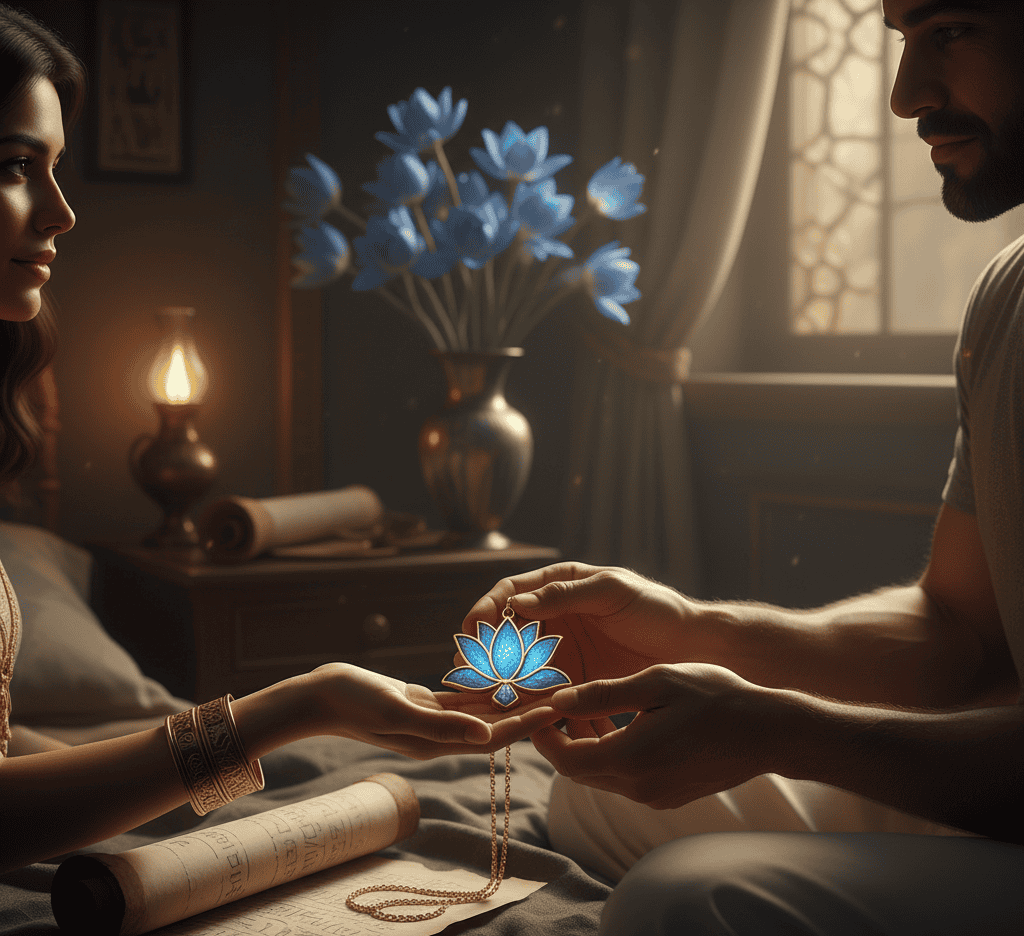Love has always been a powerful force, and humans across time have sought ways to influence it.
From ancient Mesopotamia to the temples of Egypt, people created charms to attract affection, strengthen bonds, or ensure loyalty.
These charms were made from everyday materials, rare stones, herbs, and even written words.
While many have been lost to history, the ones we know tell incredible stories about human desire, creativity, and the belief that magic could guide the heart.
Let’s explore ten forgotten love charms from ancient civilizations that reveal how people have tried to connect souls through mystery, ritual, and devotion.
1. The Heart-Shaped Lapis Pendant from Ancient Egypt
In Egypt, lapis lazuli was considered a stone of truth and protection. Lovers would carve it into small heart-shaped pendants, believing it could safeguard relationships and keep affection alive.
These charms were often worn close to the body, sometimes under clothing or around the neck, as if carrying love literally within oneself.
Egyptian texts suggest that couples would also exchange them during vows or courtship, using the pendant as a tangible promise of loyalty.
The deep blue color symbolized the heavens, reminding the wearer that love was guided by higher forces, blending earthly emotion with spiritual protection.
2. Mesopotamian Amulets of Desire
In ancient Mesopotamia, written charms were as important as physical objects. Tiny clay tablets with inscriptions of names, symbols, or secret phrases were buried under thresholds or hidden in homes.
These amulets were believed to attract a specific person or increase desire between partners.
Some contained instructions to recite magical formulas at certain times, often aligned with the moon’s phases, to amplify their power.
The Mesopotamians understood that love required intention, effort, and a little mystery. These amulets served as a reminder that attraction was not just spontaneous—it could be cultivated through focus and symbolic action.
3. Greek Love Knots
The Greeks loved symbols and wordplay, and one of the most enchanting charms was the love knot. Couples would tie knots in cords, ribbons, or hair, symbolizing the intertwining of their destinies.
Sometimes these knots were placed on altars of Aphrodite or gifted to a beloved, with the promise that as long as the knot held, their connection would endure.
In some cases, knots were made in multiples and hidden in bedrooms or personal belongings to protect relationships from jealousy or interference.
The charm’s power lay in its simplicity and its representation of commitment, showing that small gestures could carry profound meaning.
4. Roman Honey Tablets
Honey was considered a magical ingredient in ancient Rome, often associated with sweetness in life and love.
Lovers would create small honey-coated tablets inscribed with the names of their beloved, sometimes combined with tiny drawings of hearts or symbols of fertility.
These tablets were eaten together or shared as gifts, believed to make the recipient more affectionate or devoted.
Roman texts describe how honey could “sweeten the heart” and influence emotions, making it both a physical treat and a spiritual charm.
The practice highlights how food and ritual were intertwined in love, showing that indulgence and intention could work hand in hand.
5. Etruscan Rings of Affection
The Etruscans, who lived in ancient Italy, created rings specifically for love charms. Some featured engraved gemstones or symbolic designs, while others were shaped like intertwined animals representing fidelity and partnership.
These rings were often given secretly, serving as a subtle pledge of love or an invitation to courtship.
Archaeological finds reveal that they were worn on the ring finger, much like today, suggesting continuity in the symbolism of fingers as channels of connection.
The Etruscan rings show that personal adornment was more than decoration; it was a way to communicate commitment and influence affection through art and craft.
6. Chinese Love Coins
In ancient China, couples used small coins with inscriptions as charms for attraction and marital harmony.
Some coins were carried in pouches or sewn into clothing, while others were placed in the bedroom to enhance emotional bonds.
Specific symbols, such as intertwined dragons and phoenixes, represented balance and unity between masculine and feminine energies.
Coins were often blessed by local priests or elders, imbuing them with spiritual significance. These charms reflect a belief that wealth, fortune, and emotional connection were linked, and that material objects could serve as conduits for love’s energy.
7. Celtic Herb Pouches
The Celts were deeply connected to nature, and herbs played a central role in their love charms. Pouches filled with fragrant plants such as rosemary, mint, and vervain were carried to attract affection or maintain loyalty.
Some herbs were believed to heighten attraction, while others were thought to inspire fidelity or calm jealousy.
Lovers often exchanged these pouches as tokens, and in some traditions, they were buried together to bless future generations.
The Celtic approach to charms shows an understanding of love as both emotional and physical, linking scent, symbolism, and intention in ways that could shape human connection.
8. Babylonian Perfumed Dolls
In Babylon, small dolls were crafted from clay or wax and infused with perfumed oils. These dolls represented the lover and were sometimes anointed with specific scents believed to enhance passion or desire.
They could be kept in the home, carried secretly, or used in private rituals to strengthen emotional bonds.
Babylonian texts mention that the combination of scent and symbolic representation created a powerful focus for love magic, aligning the physical senses with spiritual intent.
This charm emphasizes that love could be cultivated through attention, creativity, and multi-sensory engagement.
9. Native American Dream Charms for Love
Certain Native American tribes used charms to invite love and harmony into relationships. Small objects like shells, feathers, or beads were strung together in talismans and kept in personal spaces.
These charms were often decorated with symbols of animals associated with fidelity and partnership, such as wolves or doves.
They were not only meant to attract a partner but also to remind the wearer of the values needed for a strong relationship, like respect, patience, and trust.
The practice shows that charms could serve dual purposes: both attraction and guidance, reflecting the holistic view of love in these communities.
10. Egyptian Blue Lotus Amulets
The blue lotus was sacred in ancient Egypt, symbolizing rebirth, vitality, and the mysteries of love. Amulets shaped like this flower were worn or placed in sleeping areas to enhance romantic attraction and intimacy.
Egyptians believed the flower connected the earthly and divine, creating harmony between physical desire and spiritual connection.
Blue lotus amulets were sometimes included in marriage rituals or given as gifts, reinforcing loyalty and affection.
They illustrate how symbols, natural objects, and belief systems combined to create charms that were beautiful, meaningful, and full of mystical intent.

Ho sempre sentito una forte connessione con il Divino fin dalla mia nascita. Come autrice e mentore, la mia missione è aiutare gli altri a trovare l'amore, la felicità e la forza interiore nei momenti più bui.


